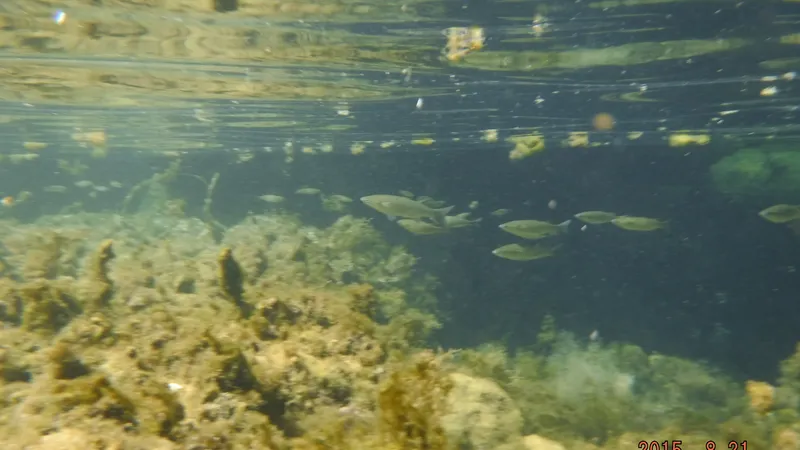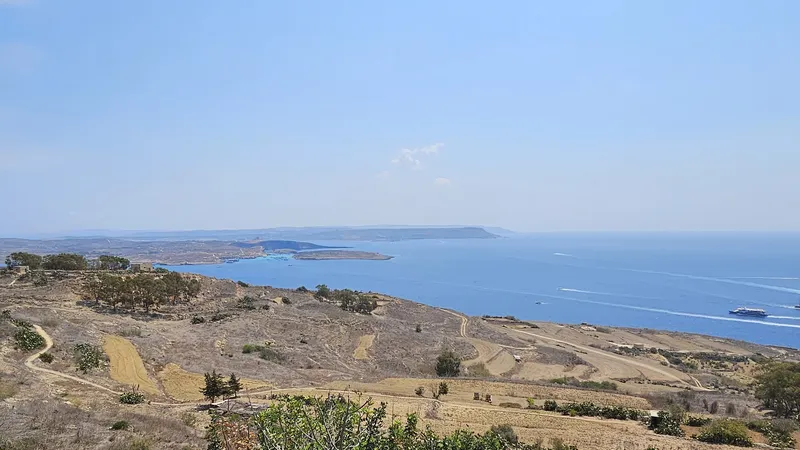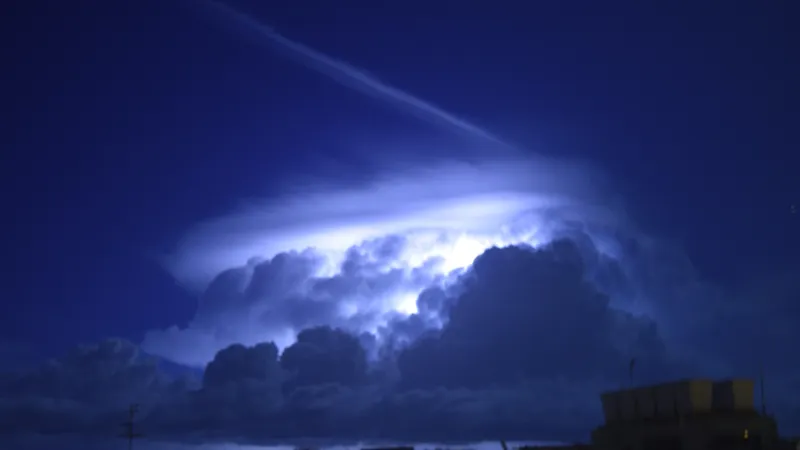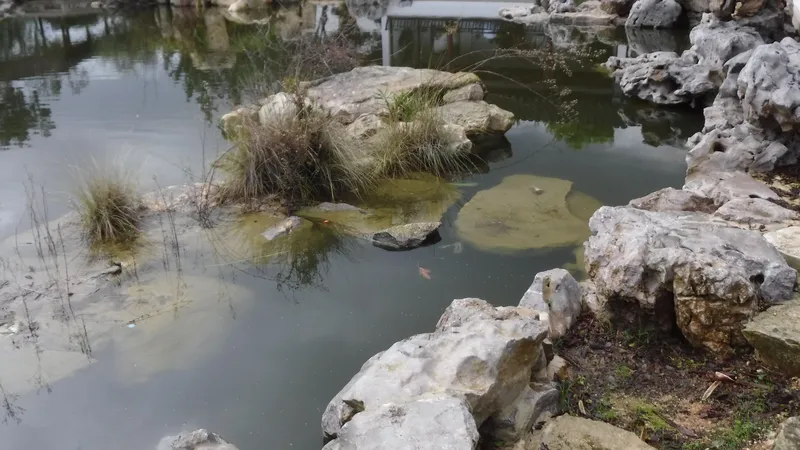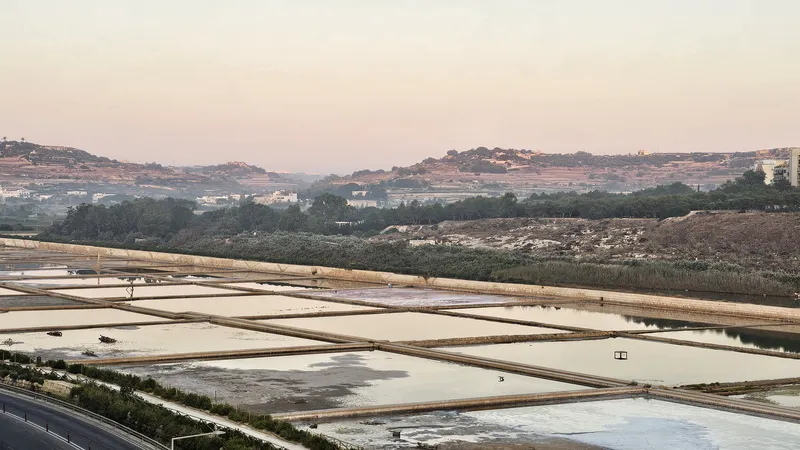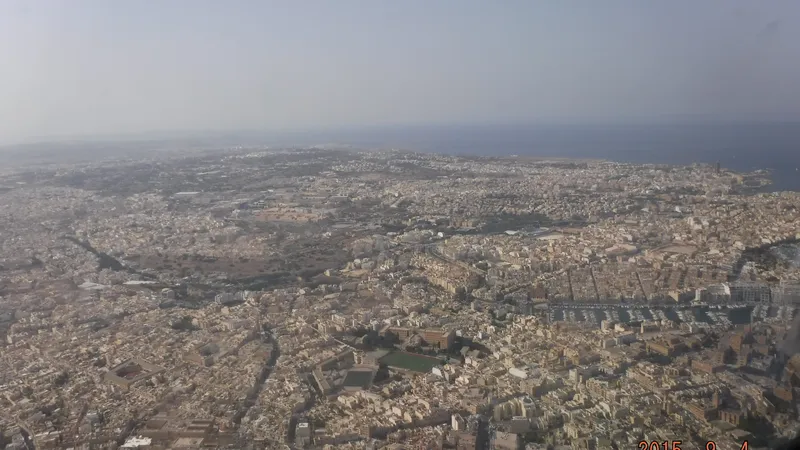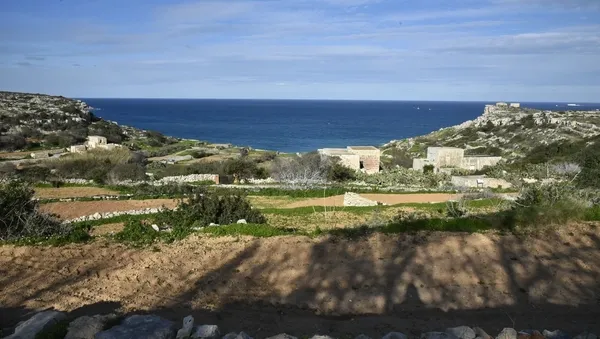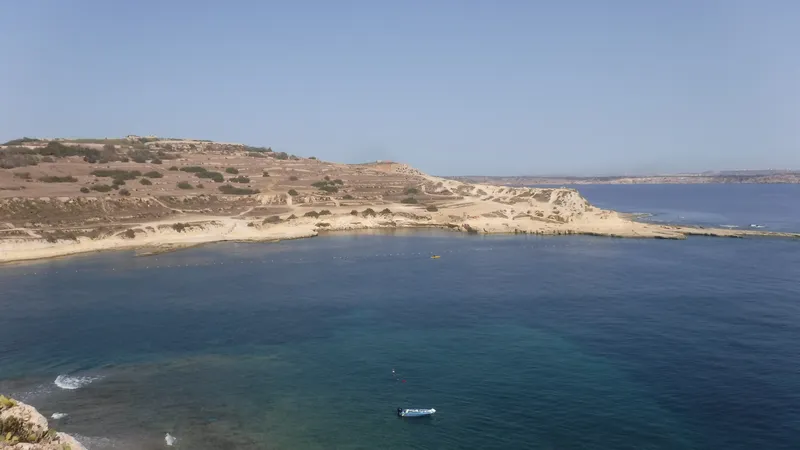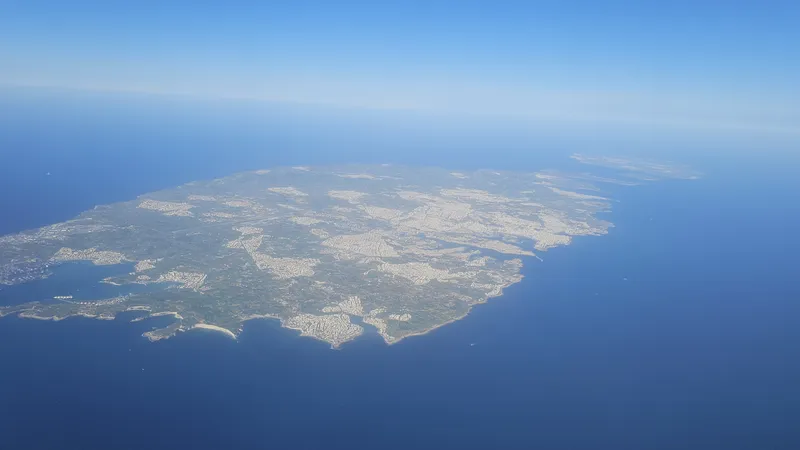Subterranean Environment
Geological Characteristics
Hydrological Importance
Ecological Significance
Cultural and Archaeological Relevance
Threats and Conservation

Rock erosion and weathering. Copyright © 2025 Stephen Yardley
The subterranean environment of the Maltese Islands is a remarkable and essential part of the nation’s natural heritage. Though often hidden from view, it sustains life above ground through its provision of water and biodiversity, and below ground through its unique ecosystems and cultural treasures. To ensure its survival, Malta must continue to balance development with conservation, promote scientific research, and raise public awareness of this fragile and fascinating underground world.
Environments
Indepth reading, follow the links:
The subterranean environment of the Maltese Islands consists of caves, fissures, sinkholes, and underground aquifers formed primarily in the islands' limestone geology. These underground systems are important both ecologically and geologically, hosting unique ecosystems including endemic and specialized cave-dwelling species.
Malta's subterranean features also serve as vital water reservoirs, especially aquifers, which are key to the islands’ freshwater supply. However, this hidden environment is vulnerable to pollution, over-extraction, and construction-related damage. Conservation efforts focus on protecting groundwater resources, regulating development, and studying subterranean biodiversity to preserve this fragile and often overlooked part of Malta's natural heritage.
Geological Characteristics
The Maltese Islands—Malta, Gozo, and Comino—are primarily composed of sedimentary limestone, formed over millions of years. This type of rock is porous and soluble, making it particularly susceptible to karstic processes such as chemical weathering and erosion. As a result, the islands feature a complex underground system of:
- Caves and caverns, both dry and water-filled
- Fissures and cracks caused by tectonic and natural weathering processes
- Sinkholes or dolines, which form where rock collapses due to underground erosion
- Perched and sea-level aquifers, crucial for storing and supplying freshwater
Some of these caves are still active systems, slowly changing over time due to water movement and mineral deposition, while others are fossilized remnants of ancient geological activity.
Hydrological Importance
One of the most significant aspects of Malta’s subterranean environment is its role in water storage and supply. Due to the lack of rivers or lakes, groundwater stored in aquifers is one of the island’s most important natural resources. There are two main types:
- Mean Sea-Level Aquifers – Large underground water bodies found just above sea level, primarily beneath the coastal areas.
- Perched Aquifers – Smaller and found at higher elevations, isolated by impermeable clay layers.
These aquifers supply a significant portion of Malta’s freshwater needs for agriculture, households, and industry. However, over-extraction, pollution from agricultural runoff, and seawater intrusion threaten the long-term viability of these resources.
Ecological Significance
Malta’s underground environments also support unique and specialized ecosystems, many of which remain underexplored. Some caves and fissures host rare or endemic species adapted to dark, humid, and nutrient-limited conditions. These include tiny invertebrates, microorganisms, and bats, particularly the Maltese lesser horseshoe bat (Rhinolophus hipposideros), which roosts in cave systems and is considered vulnerable.
Because of the stable microclimate, caves serve as critical refugia for certain species and offer insight into the islands’ evolutionary history and biodiversity. They are also important for scientific research, including geology, archaeology, and paleontology.
Cultural and Archaeological Relevance
The Maltese subterranean environment is also notable for its cultural and historical value. Perhaps the most famous example is the Ħal Saflieni Hypogeum, a UNESCO World Heritage Site and an underground Neolithic burial complex dating back over 5,000 years. It reveals the deep historical connection between humans and the island’s underground spaces, having been used for burial, ritual, and possibly astronomical observation.
Other natural caves such as Għar Dalam contain important archaeological and paleontological remains, including evidence of prehistoric human habitation and extinct species like dwarf elephants and hippopotamuses.
Threats and Conservation
Despite its importance, the subterranean environment of the Maltese Islands faces several threats:
- Pollution: Contamination from fertilizers, industrial waste, and untreated sewage can seep into the ground and affect aquifers.
- Over-extraction of groundwater: Excessive pumping lowers water tables and allows seawater intrusion.
- Urban development and construction: Quarrying, tunneling, and infrastructure projects may destroy or destabilize underground features.
- Disturbance of cave ecosystems: Recreational caving and tourism can damage sensitive habitats if not properly managed.
In response, environmental monitoring, legal protections, and education efforts are being implemented. Certain caves and aquifer zones are now protected under national and EU legislation, and research institutions continue to map and study the underground landscape.
